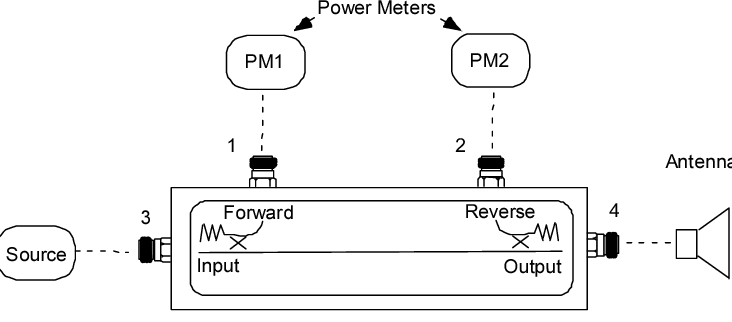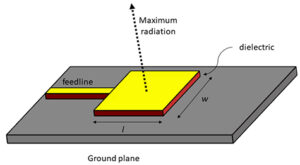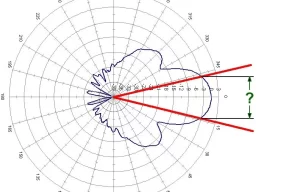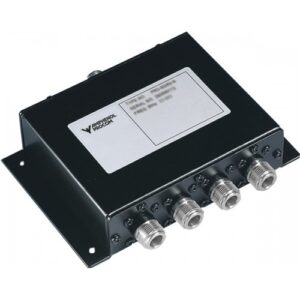Table of Contents
Basic Principles of Dual Directional Couplers
Fundamental Operation
Dual directional couplers are pivotal devices in radio frequency (RF) and microwave engineering, enabling the precise sampling of signal energy without significantly disturbing the transmitted power. Their core function is to separate the incident (forward) and reflected (backward) power, which is crucial for applications like SWR (Standing Wave Ratio) measurement and signal monitoring. A typical dual directional coupler consists of two coupled transmission lines situated in close proximity, facilitating energy transfer from one to another.
Key Components and Structure
The architecture of a dual directional coupler is defined by its main components: the main line and the coupled line. The main line carries the input signal, while the coupled line extracts a portion of the signal energy in both the forward and reverse directions. Couplers are characterized by their coupling factor—the ratio of power in the main line to power in the coupled line, often expressed in decibels (dB).
Materials used in construction, such as PCB (Printed Circuit Board) substrates or waveguide metals, are selected for their RF performance and durability. The choice of material can significantly impact the coupler’s bandwidth and power handling capabilities. A coupler designed for broadband applications may use advanced composite materials to achieve a frequency range from 500 MHz to 8 GHz, with a coupling factor of 10 dB, indicating that 10% of the input power is available at the coupled port.

Technical Specifications and Performance Metrics
Directivity and Coupling Factor
Directivity is a measure of how well a dual directional coupler can distinguish between forward and reflected signals. It is expressed in decibels (dB) and represents the difference in power level between the coupled port when power is flowing in the intended direction and the isolation port when power is reflected back. High directivity, typically above 20 dB, is crucial for accurate power and SWR measurements, as it ensures that the coupler can accurately detect the direction of signal flow and minimize errors in measurement.
The coupling factor defines the amount of signal power diverted from the main line to the coupled line and is also measured in dB. A lower coupling factor means more power is transferred to the coupled line, which is desirable in applications requiring signal sampling or monitoring. A coupler with a coupling factor of -20 dB would transfer 1% of the input power to the coupled port, suitable for power monitoring without significantly reducing the power delivered to the load.
Insertion Loss and VSWR
Insertion loss refers to the power loss experienced by the signal as it passes through the coupler, impacting the overall system efficiency. Low insertion loss, ideally less than 0.5 dB, is preferred to maximize the power transmitted to the load. This efficiency is paramount in systems where power is at a premium, battery-operated devices or satellite communications, where every decibel of power loss translates to significant operational limitations.
VSWR (Voltage Standing Wave Ratio) is a measure of impedance mismatch in the system, affecting signal quality and power transfer efficiency. A VSWR of 1:1 is ideal, indicating perfect impedance matching, but in practice, a VSWR below 1.2:1 is considered excellent for most applications. Low VSWR ensures minimal reflection of signal power, thus enhancing the efficiency and reliability of RF transmission systems.
Applications in RF and Microwave Systems
Signal Distribution and Monitoring
Dual directional couplers play a vital role in the distribution and monitoring of RF signals across various platforms, including telecommunications, broadcasting, and radar systems. Their ability to sample a signal without disrupting the main transmission is essential for maintaining system integrity and performance. In signal distribution applications, these couplers can split an input signal into multiple outputs with minimal loss, typically less than 0.2 dB, ensuring that the signal quality is preserved across all outputs.
For monitoring purposes, dual directional couplers provide a means to observe the signal characteristics, such as power levels and waveform integrity, in real-time. This capability is crucial for systems that require constant performance checks, cellular base stations where signal quality directly impacts communication clarity and reliability. The couplers enable technicians to detect and diagnose issues promptly, reducing downtime and improving service quality.
SWR and Power Measurement
The measurement of Standing Wave Ratio (SWR) and power are critical for optimizing and safeguarding RF and microwave systems. SWR measurement is essential for identifying mismatches in the transmission line that can lead to power losses and potentially damage the system. Dual directional couplers facilitate accurate SWR measurements by allowing the direct comparison of forward and reflected power levels without the need for interrupting the signal flow. This accuracy is crucial for fine-tuning antennas and amplifiers to achieve optimal performance, where an SWR of 1:1.1 or better is often the target for minimizing reflections and maximizing power transmission.
In terms of power measurement, dual directional couplers enable the precise monitoring of signal power, both in the forward direction towards the load and in the reflected direction, indicating losses. This dual capability allows for the effective management of power within the system, ensuring that components operate within their specified power ranges. For high-power applications, such as satellite uplinks, where transmitted power can range from tens to hundreds of watts, couplers provide the necessary feedback to prevent overdriving amplifiers and causing signal distortion or component failure.







